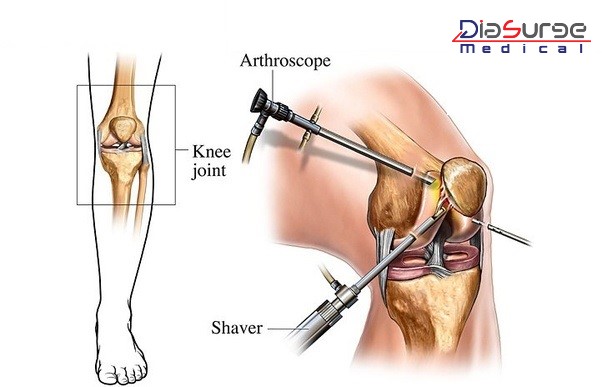Sign Up choice-3
If you dont have a personal account please sign up
Sign up
Sign In
If you have a personal account, please sign in
Sign in
Tag: laparoscopy surgery
- Home
- Tag: laparoscopy surgery
 16March 2020
16March 2020
 26February 2020
26February 2020
Copyright © 2025 Diasurge Medical